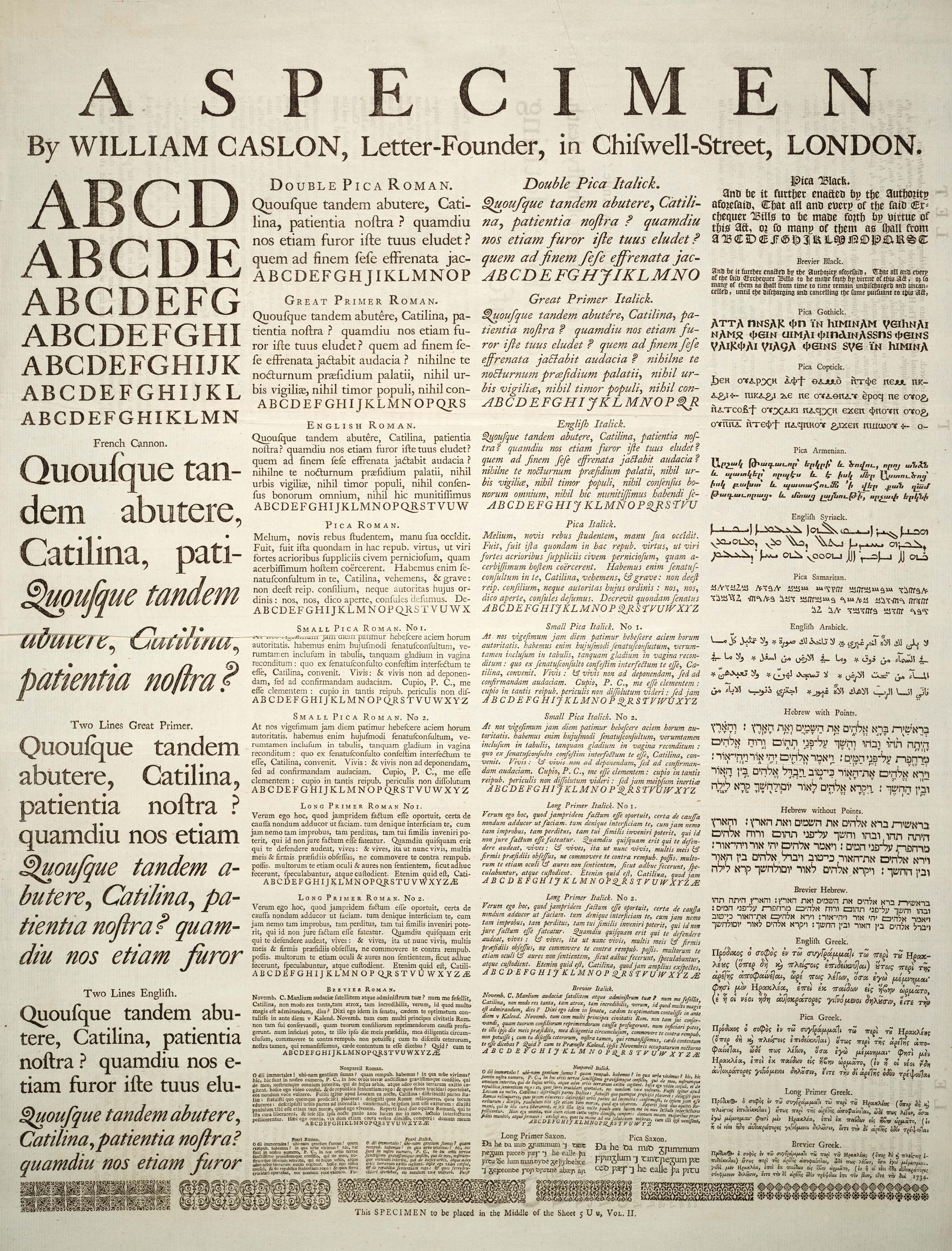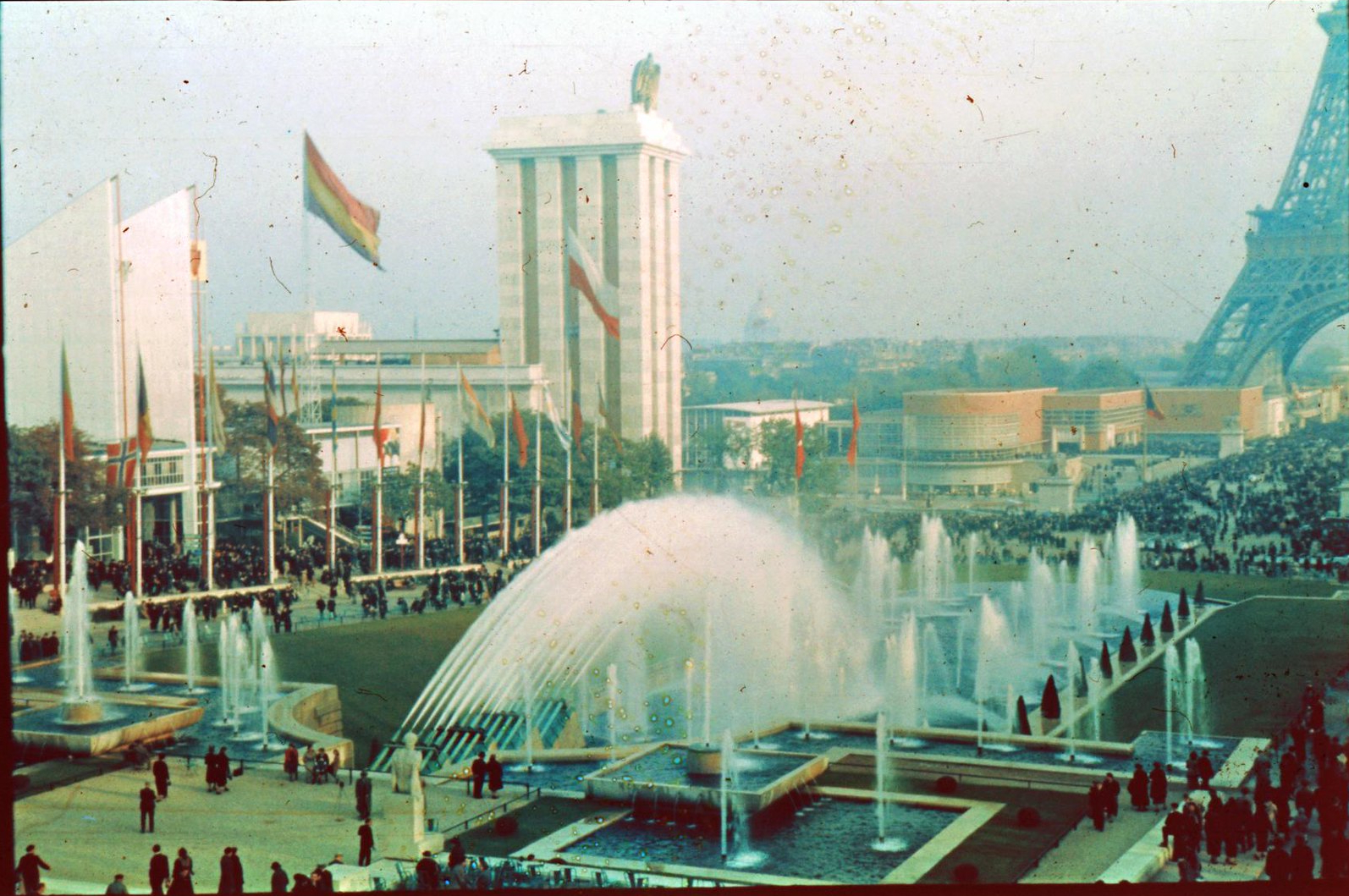|
Intellifont
Intellifont is a scalable Typeface, font technology developed by Tom Hawkins at Compugraphic in Wilmington, Massachusetts during the late 1980s, the patent for which was granted to Hawkins in 1987. Intellifont fonts were Font hinting, hinted on a Digital Equipment Corporation VAX Mainframe computer, mainframe computer using Ikarus (typography software), Ikarus software. In 1990, printer and computing system manufacturer Hewlett-Packard adopted Intellifont scaling as part of its Printer Command Language, PCL 5 printer control protocol, and Intellifont technology was shipped with HP LaserJet III and 4 printers. In 1991, Commodore International, Commodore released AmigaOS 2.04, which included a version of ''diskfont.library'' that contained the ''Bullet'' font scaling engine (which in Workbench 2.1 became a separate library called ''bullet.library''), with native support for the format. Intellifont technology became part of Agfa-Gevaert, Agfa-Gevaert's Universal Font Scaling Technolog ... [...More Info...] [...Related Items...] OR: [Wikipedia] [Google] [Baidu] |
Compugraphic
Compugraphic Corporation, commonly called cg, was an American producer of typesetting systems and phototypesetting equipment, based in Wilmington, Massachusetts, a few miles from where it was founded. This company is distinct from Compugraphics, a British company founded 1967 in Aldershot, UK that specializes in the production of photomasks used in the production of integrated circuits. In 1981, Compugraphic was acquired by European competitor Agfa-Gevaert, and its products and processes merged into those of Agfa. By 1988, the merger was complete and the Compugraphic brand was removed from the market. Along with AM/Varityper and Mergenthaler Linotype Company, Mergenthaler, Compugraphic was at the vanguard of what was then considered to be a revolution in the graphic arts: cold type. Prior to computerized typesetting systems such as those manufactured by Compugraphic, typography for magazines, newspapers and advertising was set using Linotype machines, which physically placed metal ... [...More Info...] [...Related Items...] OR: [Wikipedia] [Google] [Baidu] |
Typeface
A typeface (or font family) is a design of Letter (alphabet), letters, Numerical digit, numbers and other symbols, to be used in printing or for electronic display. Most typefaces include variations in size (e.g., 24 point), weight (e.g., light, bold), slope (e.g., italic), width (e.g., condensed), and so on. Each of these variations of the typeface is a font. There are list of typefaces, thousands of different typefaces in existence, with new ones being developed constantly. The art and craft of designing typefaces is called type design. Designers of typefaces are called type designers and are often employed by type foundry, type foundries. In desktop publishing, type designers are sometimes also called "font developers" or "font designers" (a typographer is someone who ''uses'' typefaces to design a page layout). Every typeface is a collection of glyphs, each of which represents an individual letter, number, punctuation mark, or other symbol. The same glyph may be used for ch ... [...More Info...] [...Related Items...] OR: [Wikipedia] [Google] [Baidu] |
Printer Command Language
Printer Command Language, more commonly referred to as PCL, is a page description language (PDL) developed by Hewlett-Packard as a printer protocol and has become a '' de facto'' industry standard. Originally developed for early inkjet printers in 1984, PCL has been released in varying levels for thermal, matrix, and page printers. HP-GL/2 and PJL are supported by later versions of PCL. PCL is occasionally and incorrectly said to be an abbreviation for ''Printer Control Language'' which actually is another term for page description language. PCL levels 1 through 5 overview PCL levels 1 through 5e/5c are command-based languages using control sequences that are processed and interpreted in the order they are received. At a consumer level, PCL data streams are generated by a print driver. PCL output can also be easily generated by custom applications. *PCL 1 was introduced in 1984 on the HP ThinkJet 2225 and provides basic text and graphics printing with a maximum resolution ... [...More Info...] [...Related Items...] OR: [Wikipedia] [Google] [Baidu] |
Agfa-Gevaert
Agfa-Gevaert N.V. (Agfa) is a Belgian-German multinational corporation that develops, manufactures, and distributes analogue and digital imaging products, software, and systems. The company began as a dye manufacturer in 1867. In 1925, the company merged with several other German chemical companies to become chemicals giant IG Farben. IG Farben would go on to play major role in the economy of Nazi Germany. It extensively employed forced labour during the Nazi period, and produced Zyklon B poison gas used in the Holocaust. IG Farben was disestablished by the Allies in 1945. AGFA was reconstituted (as a subsidiary of Bayer) from the remnants of IG Farben in 1952. Agfa photographic film and cameras were once prominent consumer products. In 2004, the consumer imaging division was sold to a company founded via management buyout. AgfaPhoto GmbH, as the new company was called, filed for bankruptcy after a year, [...More Info...] [...Related Items...] OR: [Wikipedia] [Google] [Baidu] |
Digital Typography
Typography is the art and technique of arranging type to make written language legible, readable and appealing when displayed. The arrangement of type involves selecting typefaces, point sizes, line lengths, line spacing, letter spacing, and spaces between pairs of letters. The term ''typography'' is also applied to the style, arrangement, and appearance of the letters, numbers, and symbols created by the process. Type design is a closely related craft, sometimes considered part of typography; most typographers do not design typefaces, and some type designers do not consider themselves typographers. Typography also may be used as an ornamental and decorative device, unrelated to the communication of information. Typography is also the work of graphic designers, art directors, manga artists, comic book artists, and, now, anyone who arranges words, letters, numbers, and symbols for publication, display, or distribution, from clerical workers and newsletter writers to ... [...More Info...] [...Related Items...] OR: [Wikipedia] [Google] [Baidu] |
Typesetting
Typesetting is the composition of text for publication, display, or distribution by means of arranging physical ''type'' (or ''sort'') in mechanical systems or '' glyphs'' in digital systems representing '' characters'' (letters and other symbols).Dictionary.com Unabridged. Random House, Inc. 23 December 2009Dictionary.reference.com/ref> Stored types are retrieved and ordered according to a language's orthography for visual display. Typesetting requires one or more fonts (which are widely but erroneously confused with and substituted for typefaces). One significant effect of typesetting was that authorship of works could be spotted more easily, making it difficult for copiers who have not gained permission. Pre-digital era Manual typesetting During much of the letterpress era, movable type was composed by hand for each page by workers called compositors. A tray with many dividers, called a case, contained cast metal '' sorts'', each with a single letter or symbol, bu ... [...More Info...] [...Related Items...] OR: [Wikipedia] [Google] [Baidu] |
PostScript
PostScript (PS) is a page description language and dynamically typed, stack-based programming language. It is most commonly used in the electronic publishing and desktop publishing realm, but as a Turing complete programming language, it can be used for many other purposes as well. PostScript was created at Adobe Systems by John Warnock, Charles Geschke, Doug Brotz, Ed Taft and Bill Paxton from 1982 to 1984. The most recent version, PostScript 3, was released in 1997. History The concepts of the PostScript language were seeded in 1976 by John Gaffney at Evans & Sutherland, a computer graphics company. At that time, Gaffney and John Warnock were developing an interpreter for a large three-dimensional graphics database of New York Harbor. Concurrently, researchers at Xerox PARC had developed the first laser printer and had recognized the need for a standard means of defining page images. In 1975–76 Bob Sproull and William Newman developed the Press format, whic ... [...More Info...] [...Related Items...] OR: [Wikipedia] [Google] [Baidu] |
Adobe Systems
Adobe Inc. ( ), formerly Adobe Systems Incorporated, is an American software, computer software company based in San Jose, California. It offers a wide range of programs from web design tools, photo manipulation and vector creation, through to video/audio editing, mobile app development, print layout and animation software. It has historically specialized in software for the creation and publication of a wide range of content, including graphics, photography, illustration, animation, multimedia/video, motion pictures, and print. Its flagship products include Adobe Photoshop image editing software; Adobe Illustrator vector-based illustration software; Adobe Acrobat Reader and the Portable Document Format (PDF); and a host of tools primarily for audio-visual content creation, editing and publishing. Adobe offered a bundled solution of its products named Adobe Creative Suite, which evolved into a subscription-based offering named Adobe Creative Cloud. The company also expanded into ... [...More Info...] [...Related Items...] OR: [Wikipedia] [Google] [Baidu] |
Commodore International
Commodore International Corporation was a home computer and electronics manufacturer with its head office in The Bahamas and its executive office in the United States founded in 1976 by Jack Tramiel and Irving Gould. It was the successor company to Commodore Business Machines (Canada) Ltd., established in 1958 by Tramiel and Manfred Kapp. Commodore International (CI), along with its U.S. subsidiary Commodore Business Machines, Inc. (CBM), was a significant participant in the development of the home computer industry, and at one point in the 1980s was the world's largest in the industry. The company released its first home computer, the Commodore PET, in 1977; it was followed by the VIC-20, the first ever computer to reach one million units of sales. In 1982, the company developed and marketed the world's best selling computer, the Commodore 64; its success made Commodore one of the world's largest personal computer manufacturers, with sales peaking in the last quarter of 1983 at ... [...More Info...] [...Related Items...] OR: [Wikipedia] [Google] [Baidu] |

